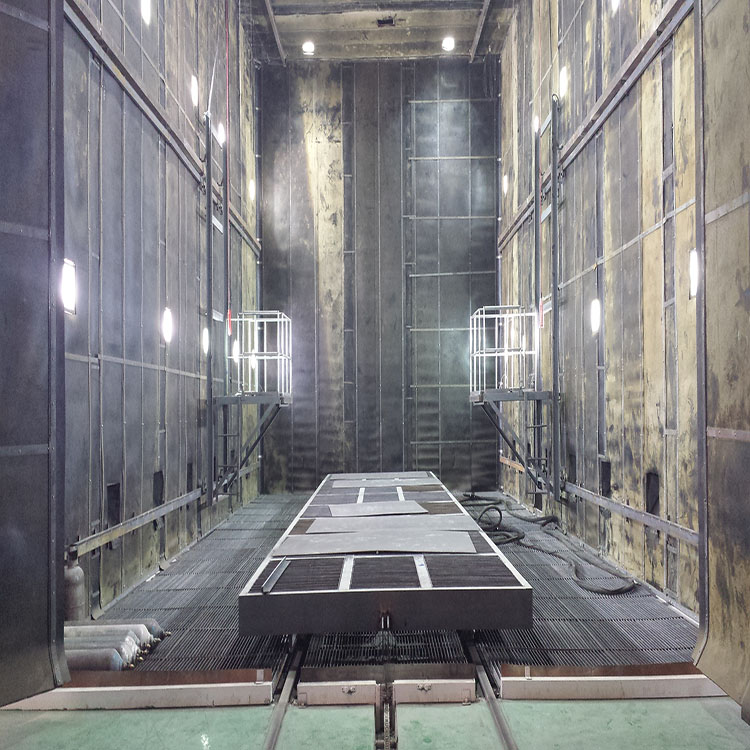Understanding Limitations: Exploring Restrictions of Sandblasting Booths in Surface Treatment
2024-02-22
Sandblasting booths are versatile tools widely utilized in various industries for surface preparation tasks. However, despite their effectiveness, there are certain limitations and restrictions to consider when using sandblasting booths for specific materials or surfaces. Understanding these limitations is essential to ensure safe and successful surface treatment processes. In this blog post, we'll explore the common restrictions and limitations of using sandblasting booths and provide insights into alternative methods for challenging applications.
1. Delicate or Fragile Surfaces:
Sandblasting booths utilize abrasive media propelled at high velocity to remove contaminants and prepare surfaces. While effective for robust materials like metal or concrete, this method may not be suitable for delicate or fragile surfaces such as glass, ceramics, or certain plastics. Abrasive blasting can cause damage, scratching, or distortion on these surfaces, making it necessary to explore alternative surface preparation methods like chemical etching or laser cleaning.
2. Heat-sensitive Materials:
Some materials are sensitive to heat and may be prone to warping, melting, or discoloration when subjected to abrasive blasting. Heat-sensitive materials like thermoplastics, rubber, or composite materials require careful consideration when selecting abrasive media and adjusting blasting parameters to minimize thermal effects. In cases where heat sensitivity is a concern, alternative surface preparation methods such as dry ice blasting or ultrasonic cleaning may be more suitable.
3. Containment and Environmental Considerations:
Sandblasting booths generate airborne dust, debris, and abrasive media during blasting operations, posing challenges for containment and environmental protection. While booths are equipped with ventilation and dust collection systems to mitigate these risks, certain materials may present additional challenges. Toxic, hazardous, or environmentally sensitive materials may require specialized containment measures or alternative surface preparation methods to ensure compliance with regulations and protect the environment.
4. Surface Profile Requirements:
Abrasive blasting can create varying degrees of surface roughness or texture, known as surface profile, depending on abrasive media type, blasting pressure, and nozzle design. While some applications require a specific surface profile for optimal coating adhesion or surface finish, abrasive blasting may produce profiles that are too aggressive or inconsistent. In such cases, alternative surface preparation methods like chemical etching or mechanical grinding may offer more precise control over surface profile parameters.
5. Accessibility and Complex Geometries:
Sandblasting booths are designed for flat or moderately curved surfaces and may have limitations when it comes to treating complex geometries, intricate details, or hard-to-reach areas. Parts with intricate shapes, recesses, or internal cavities may require specialized blasting equipment or manual techniques to ensure thorough and uniform surface preparation. In cases where accessibility is limited, alternative methods such as vapor blasting or hand-held blasting tools may be necessary.
Conclusion: Navigating Challenges with Care
While sandblasting booths offer versatility and effectiveness in surface preparation, it's essential to recognize their limitations and restrictions when working with certain materials or surfaces. By understanding these limitations and exploring alternative surface preparation methods where necessary, manufacturers can navigate challenges with care and ensure successful outcomes in their surface treatment processes. Whether it's selecting alternative methods for delicate surfaces, addressing heat sensitivity concerns, or overcoming accessibility challenges, informed decision-making and strategic planning are key to achieving optimal results in surface treatment applications.


